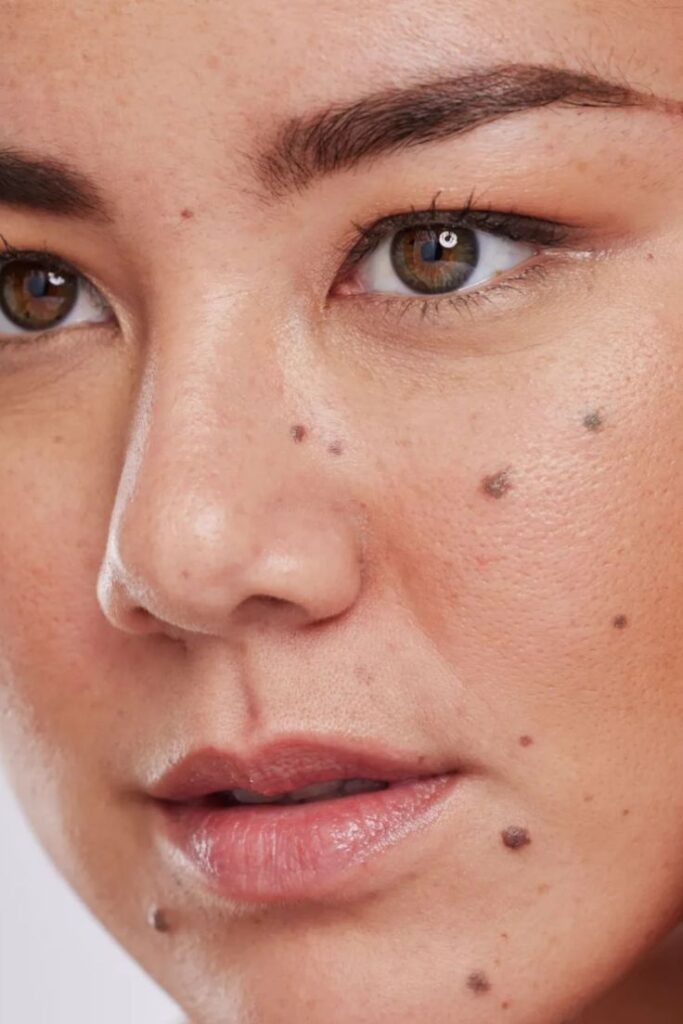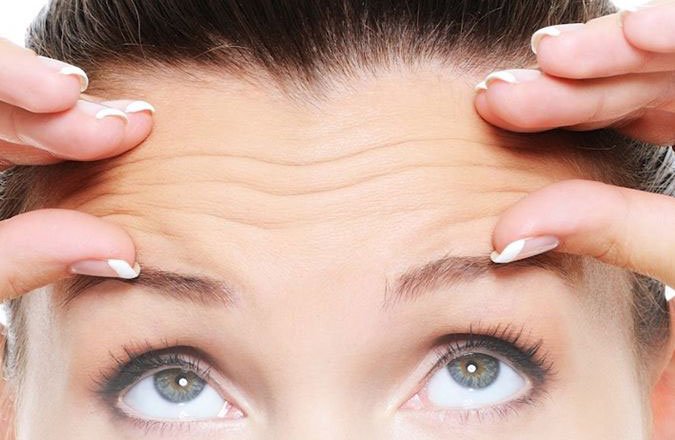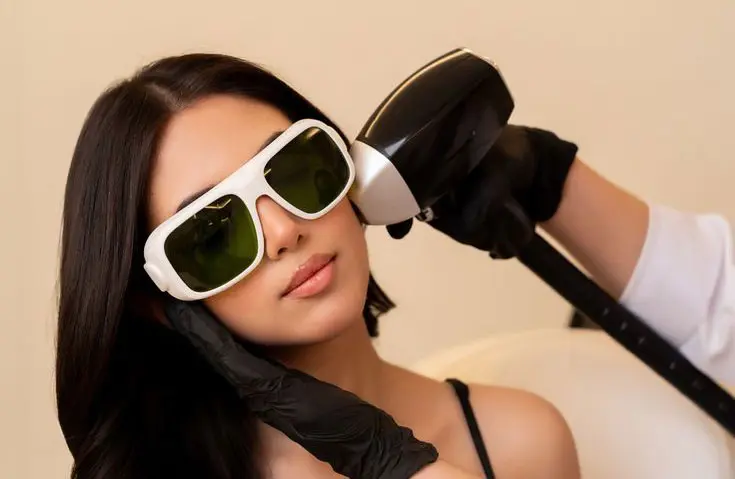Why prevention matters
Preventing skin tags and abnormal moles is often easier than people expect, especially when you understand what causes these changes in the first place. Many individuals experience small growths throughout their lives, so wanting practical ways to care for your skin is completely natural. At the same time, focusing on reducing unusual skin growths through simple daily habits can make your skin feel healthier, clearer, and more balanced over time. As a result, this guide explains the common triggers behind these concerns and offers realistic steps you can take to keep your skin protected.

Understanding the basics of preventing skin tags and abnormal moles
Your skin constantly responds to friction, hormones, sunlight, and natural changes in the body. Because of this, small growths like skin tags or shifts in mole appearance can occur over time. Understanding what these growths are will help you manage them calmly and confidently.
What are skin tags?
Skin tags (acrochordons) are soft, harmless growths that often form in areas with skin folds. Although they are not dangerous, they may become irritated when they rub against clothing or jewelry.
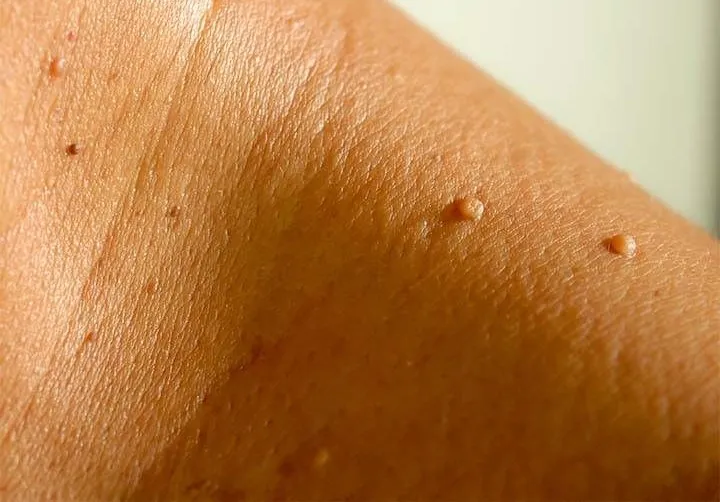
What are abnormal moles?
Abnormal moles (dysplastic nevi) differ from regular moles in shape, colour, or border. While most moles are harmless, some atypical moles may require professional assessment to rule out early signs of melanoma.

Causes and risk factors in preventing skin tags and abnormal moles
Several internal and external factors influence the likelihood of developing these growths.
Causes of skin tags
- Continuous friction between skin or clothing
- Hormonal fluctuations, such as during pregnancy or diabetes
- Excess weight leading to more skin folds
- Genetic predisposition
Causes of abnormal moles
- Exposure to UV radiation from sunlight
- Family history of melanoma
- Light or sensitive skin prone to sun damage
- Weakened immune system

Prevention strategies for preventing skin tags and abnormal moles
Adopting simple, consistent habits plays a major role in reducing these skin concerns
Reducing friction to prevent skin tags
Minimising rubbing in skin folds is an effective way to reduce skin tag formation. Wear loose, breathable fabrics such as cotton, keep folds dry, and use powders or moisture-wicking products if needed.
Maintaining a healthy weight to prevent skin tags
Even small weight changes can reduce friction and help lower the likelihood of new skin tags. A balanced diet and regular physical activity support healthier skin overall.
Managing hormonal changes as part of preventing skin tags
If you experience hormonal conditions like PCOS or diabetes, working with a healthcare professional to stabilise hormonal levels can reduce the tendency for skin tags to appear.
Sun protection for preventing abnormal moles
If you experience hormonal conditions like PCOS or diabetes, working with a healthcare professional to stabilise UV radiation is the strongest trigger for changes in moles. To protect your skin:
- Apply SPF 50+ sunscreen daily
- Seek shade during peak UV hours
- Wear protective clothing, hats, and sunglasses
Consistent sun protection is one of the most effective ways to prevent abnormal mole development.
Regular skin checks to prevent abnormal mole changes
Performing monthly self-exams helps you notice changes early. In addition, scheduling a yearly skin examination—especially if you have fair skin or a family history of melanoma—can improve early detection and overall skin safety.
Avoiding tanning beds to prevent abnormal moles
Tanning beds emit intense artificial UV radiation. This significantly increases the risk of abnormal mole growth and should be avoided completely.
Boosting overall skin health to support preventing skin tags and abnormal moles
Healthy skin habits strengthen the skin’s natural barrier:
- Eat antioxidant-rich foods
- Stay hydrated
- Avoid aggressive scrubbing
- Use gentle skincare products
These habits help your skin stay resilient and balanced.
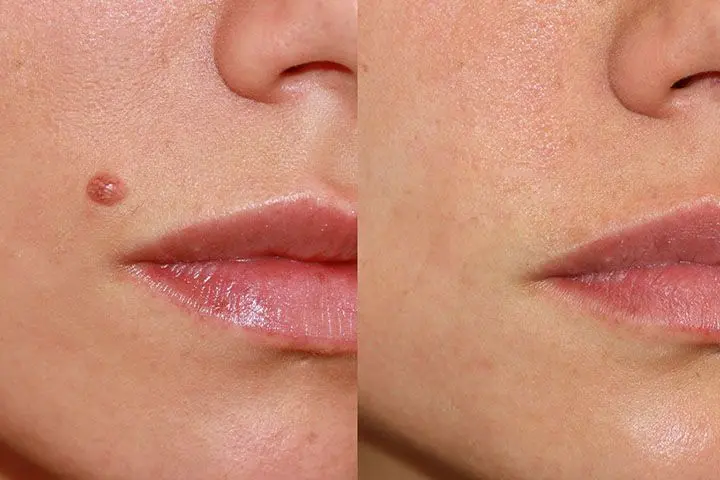
When to seek medical advice for preventing skin tags and abnormal moles
Professional evaluation is important if you notice changes in size, shape, or colour of a mole, or if a skin tag becomes painful, irritated, or bleeds. Early assessment provides peace of mind and ensures that any potential issues are addressed quickly.
How Medix supports preventing skin tags and abnormal moles
When you need expert assessment or safe treatment, choosing a trusted clinic makes a meaningful difference.
Medix Skincare & Laser Clinic in Melbourne offers personalised, modern, and evidence-based care designed to keep your skin healthy.
Medix provides:
- Skin tag removal
- Mole removal
- Comprehensive skin examinations
- Skin rejuvenation treatments (when needed)
Every treatment is tailored to your goals, sensitivity, and skin type. This personalised approach ensures safe, precise, and natural-looking results.
Service reservation
Book a consultation today and let’s create a personalised plan to keep your skin monitored, protected, and free from unwanted growths.
Contact Medix Clinic
For more information, feel free to contact us at 03 9686 0003.
You can also visit our clinic at 1/367A Centre Road, Bentleigh, Victoria 3204.
Click here to view our location on Google Maps.
About Medix Skincare and Laser Clinic in Melbourne
Preventing skin tags and abnormal moles is achievable with simple lifestyle habits, consistent sun protection, and regular skin monitoring. Moreover, when you want professional guidance, Medix is here to support your skin with advanced, personalised care.
Book a consultation today to receive a tailored plan that helps you maintain healthy, balanced, and confident skin.
FAQ Preventing skin tags and abnormal moles
Skin tags can develop when friction increases in areas like the neck or underarms. However, they are usually harmless, and identifying the cause helps you manage them more confidently.
Changes in colour, shape, or borders can signal that a mole needs attention. Because of this, it’s helpful to check your skin regularly and seek a professional opinion if anything looks unusual.
Yes, simple habits like reducing friction and protecting your skin from UV exposure make a meaningful difference. As a result, many people notice fewer new growths over time.
You should consider a checkup if a growth becomes painful, irritated, or changes in appearance. Even so, early assessment usually brings peace of mind and clear next steps.
Home methods often irritate the skin or leave scars. Instead, choosing a professional evaluation ensures the process is safe and matched to your skin’s needs.

